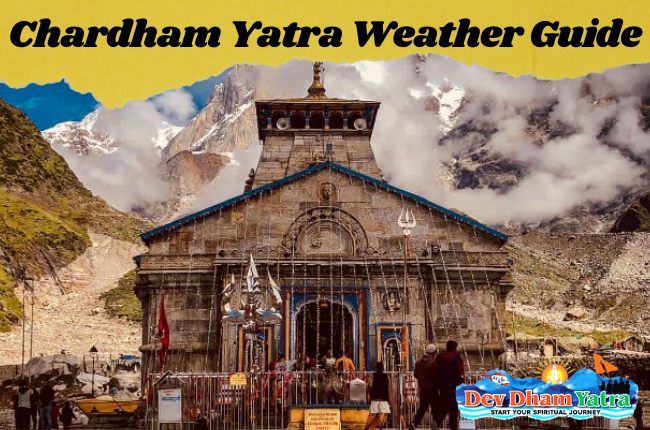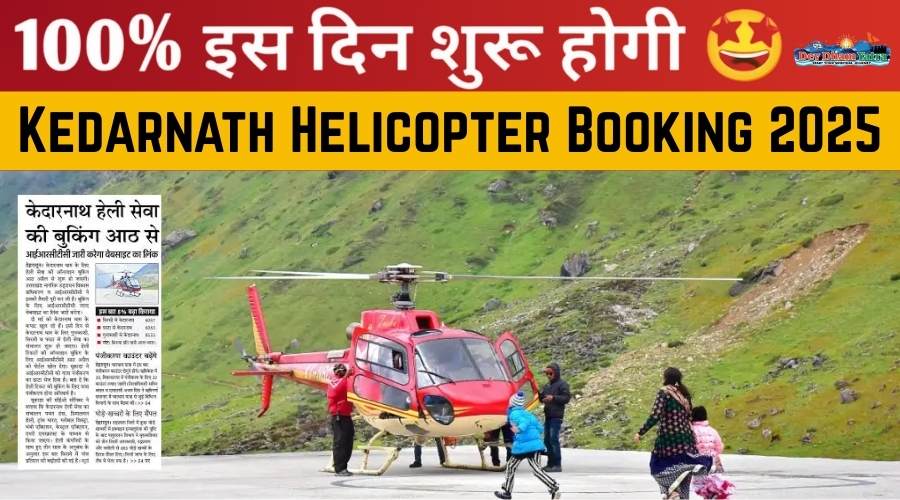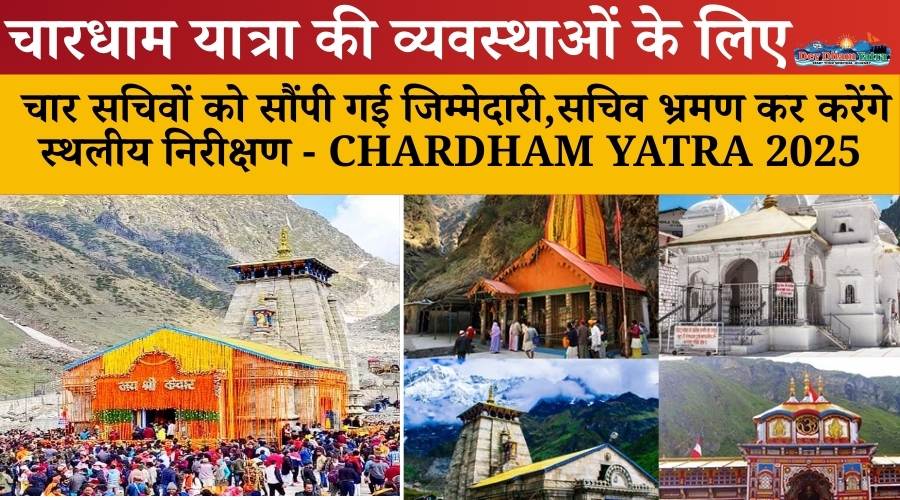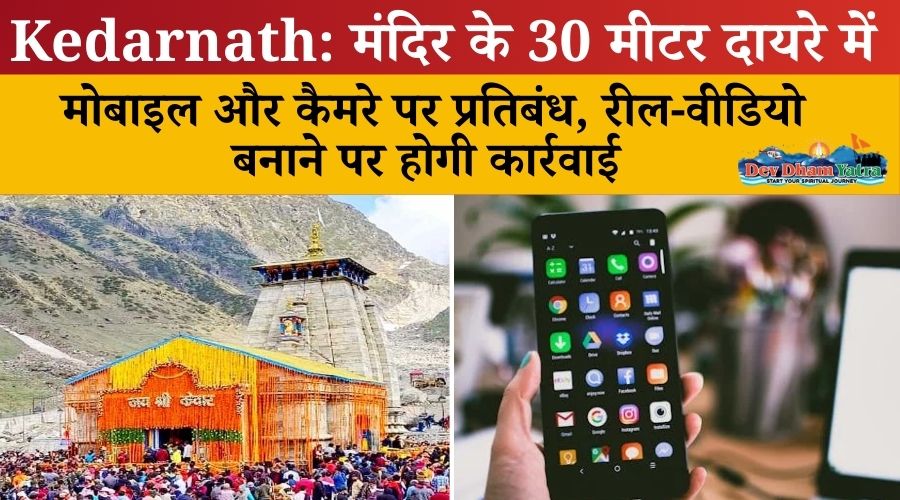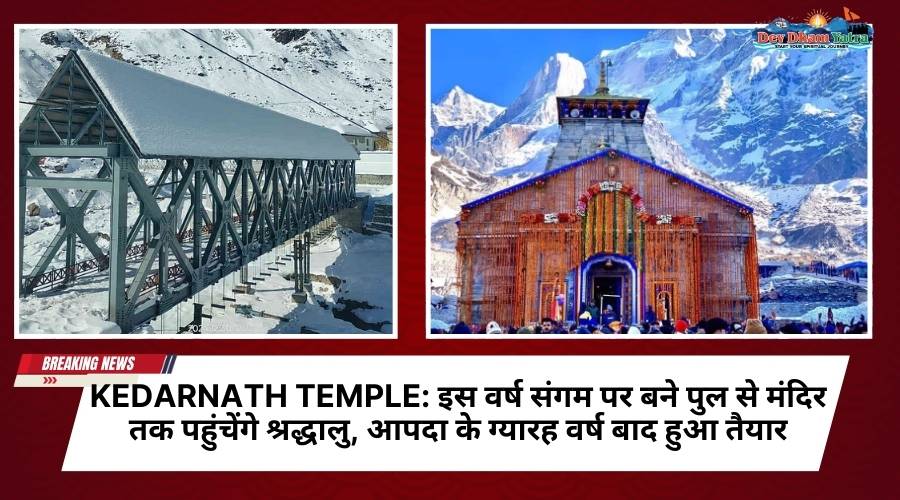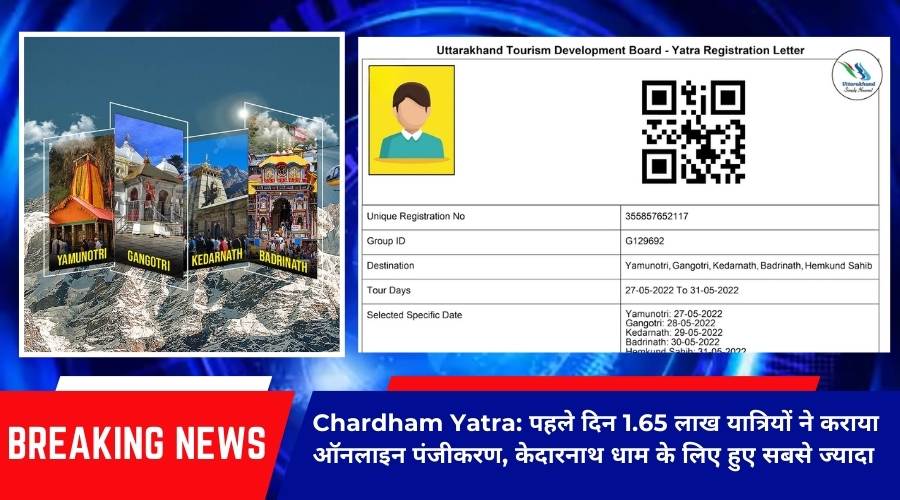Char Dham weather guide
The spiritual tour “Char Dham Yatra” leads you to the tranquil and picturesque Dhams situated in the Garhwal Himalayas. The Char Dham is a collection of four major pilgrimage sites: Kedarnath, Badrinath, Yamunotri, and Gangotri. All of these locations are in the state of Uttarakhand. Devotees can understand the rich culture and heavenly nature associated with the roots of these four Dhams while on the pious Yatra.
The climb to Char Dhams is challenging, but it is also beautiful. Devotees must walk at high heights and via hard mountain roads and rocky terrain. The shrines are vulnerable to extreme weather conditions such as heavy snowfall, storms, landslides, and cloudbursts. As a result, the roads become dangerous to travel on at this time. The temperature fluctuates dramatically, therefore it’s important to keep up with the Char Dham weather on a regular basis. The char Dham weather guide will help you plan your trip with your family. Many other things you should also keep in mind like clothing and health kits for any emergency if you are travelling with your elderly parents, a health checkup before the trip will be a good choice, char Dham weather is unpredictable and very rough, so it is better to follow all these measures and have continued weather updates.
Weather in Badrinath
The warm months of May to November are the finest time to visit Badrinath Temple. The busiest months are May and June. During this time of year, a large number of pilgrims come to pay a visit. September/October is the best month for a solitary spiritual trip. During the monsoons, travel to Badrinath becomes problematic due to the region’s proclivity for landslides. The temperature dips to 15°C from June to mid-September. The average minimum temperature drops to 5°C during cold days from November through April. Temperatures as low as minus 40°F are possible. The deity of Lord Badri Vishal is moved to Nar Singh Temple in Joshimath as the gates of Badrinath Dham close for the winter.

Weather in Gangotri
Gangotri’s summer season begins in April and lasts until the end of May. The weather is nice in the summer, with a maximum temperature of around 25°C. During the beginning of summer, the Temple’s gates stay open. This is the greatest time to go on a pilgrimage or go sightseeing. The monsoon season in Gangotri lasts from late June through August. The sacred place is difficult to approach due to excessive rain and landslides. During the monsoon season, it is best to avoid travelling.
Gangotri’s winter season runs from November through April. Heavy snowfall has blanketed the region, making the temperature bitterly chilly. Pilgrims are urged not to travel to Gangotri during this time of year. During this time, the temple is closed and the Goddess Ganga idol is transported to Mukhwa tiny village, near Harsil, the Gangotri temple’s winter residence.

Weather in Yamunotri
The Yamunotri temple’s gates open at the start of summer. The summer months of Yamunotri are April to July. The greatest time to visit Yamunotri is during this season. The temperature swings from 6°C to 20°C throughout this time, although the evenings are bitterly cold. As a result, guests are encouraged to bring warm clothing. Yamunotri has significant rains throughout the monsoon season (late June to August). Routes become slick, and mudslides make travel impossible. As a result, pilgrims should avoid traveling during the monsoon season.
Yamunotri’s winter season runs from November through April. Winter is particularly harsh at this time of year, with heavy snowfall and clogged roadways. During this time, the temple is closed and Goddess Yamuna’s idol is transported to Kharsali, near Harsil, the Yamunotri temple’s winter residence.

Weather in Kedarnath
The lovely surroundings of Kedarnath are made even more spectacular by the calm and pleasant summer atmosphere. It’s the best time to go temple-hopping, touring, and exploring the local area. The summer months (May to June) have a temperate environment with an average temperature of roughly 17°C. During the monsoon season, tourists should avoid visiting Kedarnath Temple. During the monsoon, landslides are common, making travel difficult for worshippers. The monsoon season lasts from the end of July to the beginning of September. Occasionally rain falls at Kedarnath during the monsoon months of mid-June to August, and the temperature lowers to 12°C.
Winters are bitterly cold, with temperatures below zero. The Kedarnath shrine remains closed due to severe snowfall. The snow-covered roadways become impassable. Lord Shiva’s idol is carried to Omkareshwar temple in Ukhimath for six months (November to April). The Kedarnath temple doors open in May, allowing pilgrims to enjoy the holy pilgrimage.


